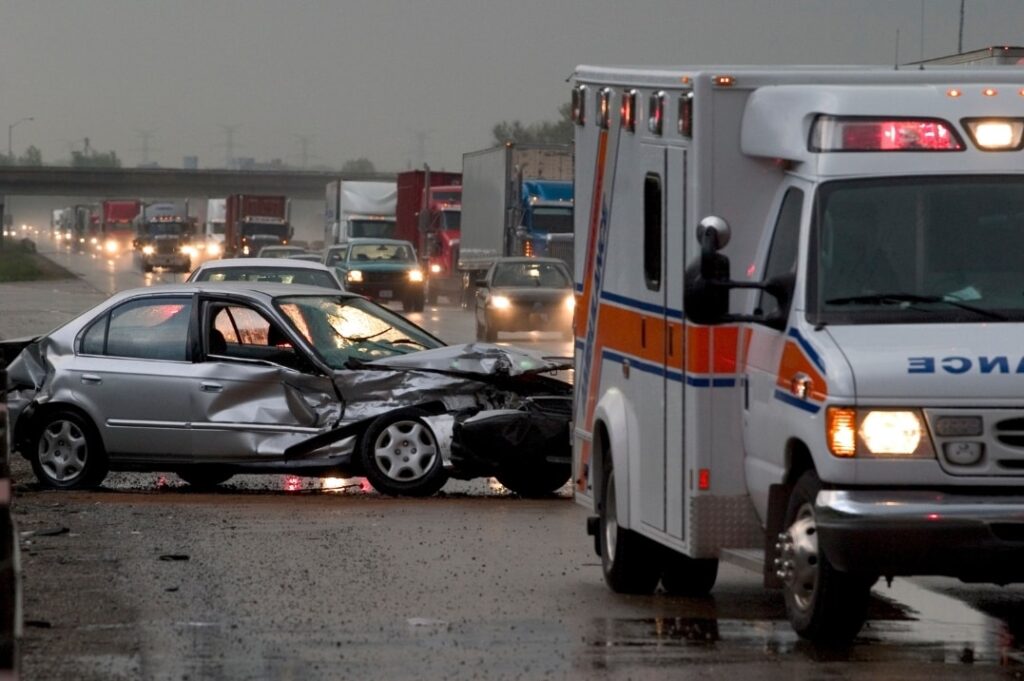Determining Fault in Ohio Car Accidents
Emotions can run high after a car accident, with drivers pointing fingers at each other and making accusations about who was at fault in the collision. However, what the parties may say or admit in the chaotic aftermath of a car crash doesn’t necessarily prove legal “fault.” For purposes of a victim’s lawsuit to recover losses for his or her injuries, fault is careless conduct that amounts to negligence.
The attorneys at Tittle & Perlmuter have extensive experience in investigating car accidents and gathering the proof necessary to establish negligence in a personal injury case. There are a number of different factors to consider in order to support a claim for compensation.

Official Police Reports
Usually, the primary factor in determining fault in the eyes of insurance companies will be the police report. Since the police are often first on the scene and are impartial witnesses, their account of the accident is incredibly valuable. In this paperwork, there may be a statement of an officer that the other driver was careless in operating the vehicle.
Ohio Motor Vehicle Code
Ohio sets the “rules of the road” in the Ohio Revised Code. It also includes judicial decisions interpreting the Ohio Revised Code in car accident cases. If a police officer issued a ticket for failure to adhere to traffic laws, this may indicate fault in a car accident. The rules ensure the safety of all motorists on the road. Not following them may result in one acting negligently. For cases of negligence, the responsible party breaches the duty of care that she owes to others using Ohio’s roadways.
Damage to the Vehicles
It is possible to establish fault by assessing the damage to the respective vehicles. It can act as proof of the circumstances of the collision and conduct of the other driver.
Rear End Collisions: A driver who strikes the rear-end of your vehicle is likely at fault most of the time.
A fundamental rule of the road is that motorists should leave enough space between their own car and the vehicle in front of them.
There should be at least enough room to be able to stop safely according to traffic patterns and weather conditions. If the other driver failed to do so, this is careless driving that may rise to the level of negligence.
Left Turn Collisions: A driver who makes a left turn across oncoming traffic is almost always at fault. The cars that approach from the other direction have the right-of-way in the absence of a green arrow, and the motorist who is turning left If a left turn must wait until it’s safe to do so. If the turn cannot be made safely, the driver should not attempt it; if they do turn and cause a collision, this is considered negligence.
In both cases, the location of damage to the vehicles is evidence of the type of accident. This gives strong support to the argument of fault.
Consult with an Experienced Attorney About Fault in Car Accident Cases
Proving fault in an Ohio car accident case requires extensive knowledge of the law. Experience in personal injury cases is also helpful. The accusations of drivers don’t carry as much weight as this type of evidence. This is true in court and during negotiations with insurance companies. It’s critical to have a skilled car accident attorney fight for your rights. They will present all available proof of the other driver’s negligence. If you’ve been injured in a car crash – regardless of who you think is at fault – please contact the Cleveland car accident lawyers of Tittle & Perlmuter. Our lawyers will consult with you and advise you on your options.


